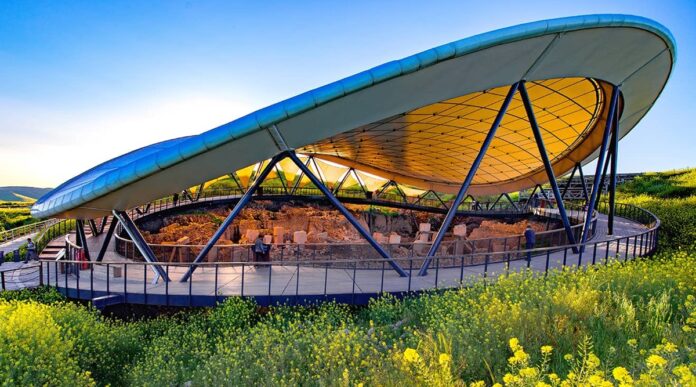The Turkish government, in a statement, said that it is expecting this record to be broken in 2022.
Turkey Tourism Gobeklitepe Temple: Turkey’s nearly 12,000-year-old temple Gobeklitepe witnessed a footfall of record 5.67 lakh last year. The temple is among the most important settlements of the Neolithic Age across the world and has therefore, been an interesting tourist destination among local and international visitors ever since it was discovered. With the temple hosting 5,67,453 visitors in 2021, the UNESCO World Heritage Site broke its previous visitor records even in the middle of the pandemic. The Turkish government, in a statement, said that it is expecting this record to be broken in 2022.
Also read | Museum of the Future inaugurated in Dubai: Conception, unique aspects, what to expect and things to keep in mind while visiting
The temple site is important due to the fact that the findings it offered presented a lot of new knowledge about the Neolithic Age. Dating back to 9600 BCE, the temple site presented evidence that changed the way archaeologists and historians looked at hunters and gatherers. To put things into perspective, the site is thousands of years older than the invention of the wheel and of writing, is 7,100 years older than the Pyramids in Egypt and over 6,000 years older than Stonehenge.
However, the Gobeklitepe has T-shaped obelisks that are 5.5 metres in height. This makes the site the first example of monumental architecture by humans, according to the country. These obelisks also have geometric shapes, animal motifs as well as mythological depictions, which indicates that the site had been used as a belief centre.
Another thing that makes the site interesting and attractive to visitors, especially those who have an interest in human history and how it came about, is the fact that the carvings on the obelisks were done at a time when metal tools were obviously not available. The obelisks are also significant because as per the discoveries made so far, they are the oldest sculptures in the world, as well as the oldest art works in the history of mankind.

The site, which gives the first indications of the humankind’s transition to settlement, provided evidence that hunter-gatherer communities were actually more advanced than had earlier been perceived. It demonstrated that communities in the Neolithic Age could form a social organisation for purposes related to faith.
Unlock the world’s wonders with unforgettable journeys tailored just for you! Whether you crave sun-kissed beaches, thrilling adventures, or rich cultural escapes, your dream destination awaits. Enjoy seamless travel with expert tips, exclusive deals, and handpicked experiences that Turn Every Trip into a lifetime memory.










